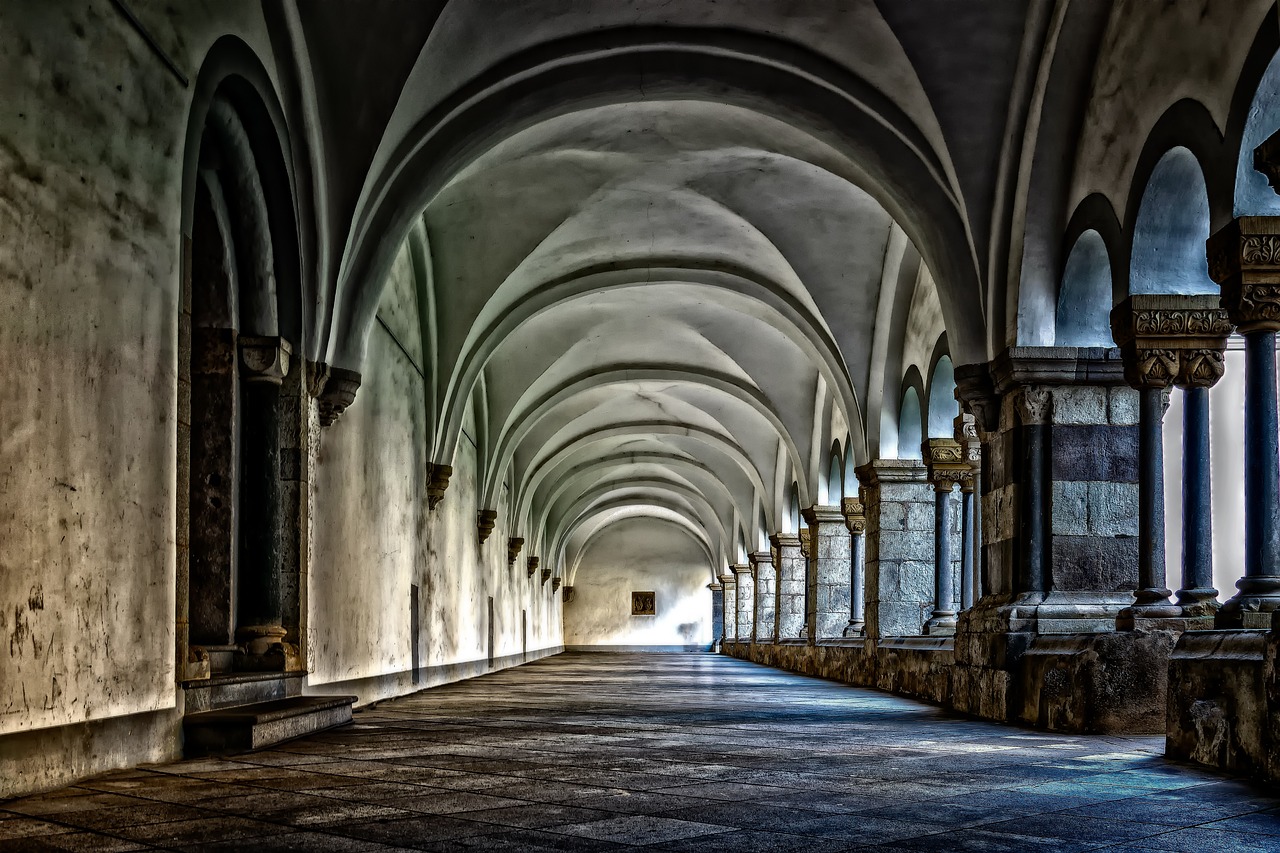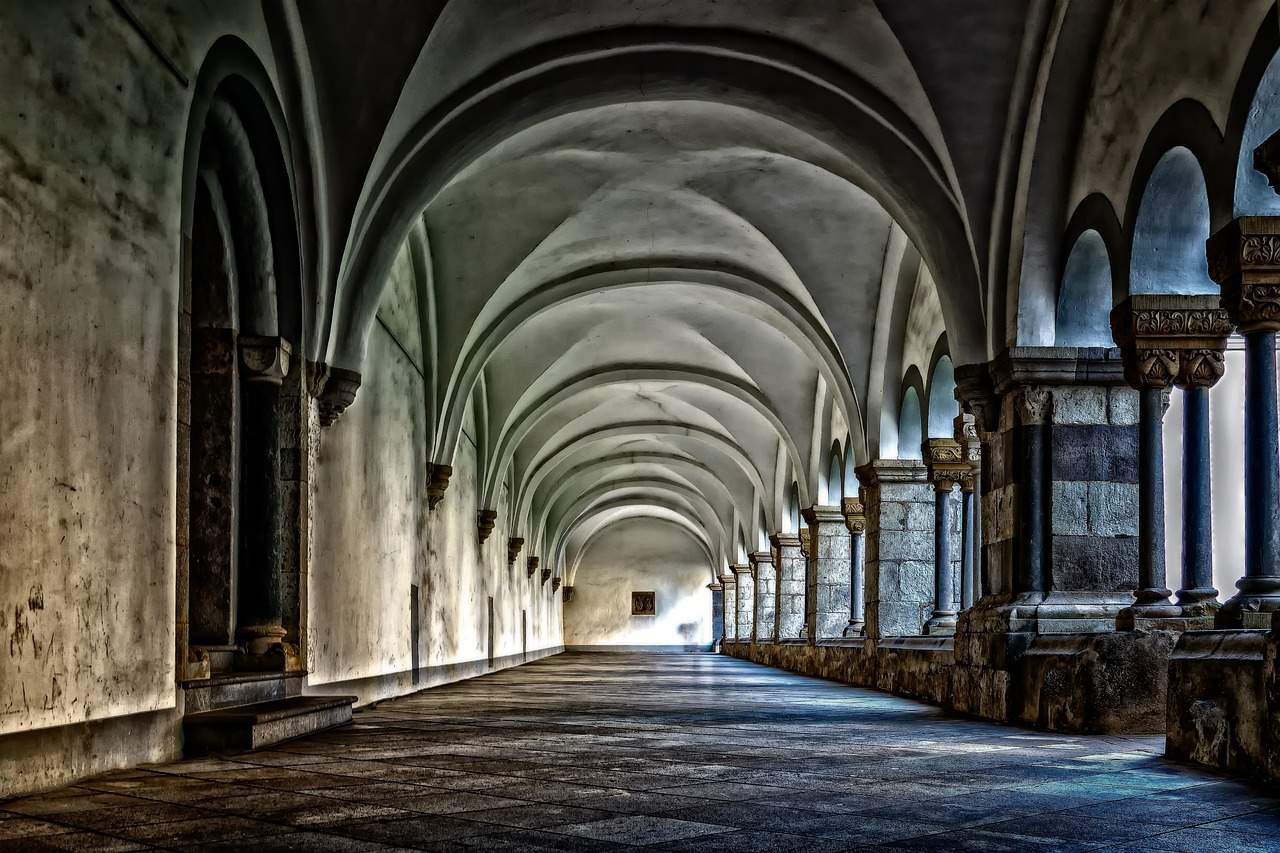Join us as we embark on a spiritual journey through the sacred destinations of India with IndianCulture.com. Today, we invite you to explore the divine allure of religious tourism, where history, faith, and culture converge in mesmerizing harmony. Step into the world of Lepakshi Temple, an architectural gem nestled in the heart of Andhra Pradesh. This temple transports visitors back in time, immersing them in an enchanting world of ancient craftsmanship and religious devotion. Unveil the secrets of Lepakshi Temple as we unravel its captivating stories and uncover the divine beauty that lies within its walls.

1. History of Lepakshi Temple
The Lepakshi Temple, located in the Anantapur district of Andhra Pradesh, India, has a rich and fascinating history that stretches back centuries. Let’s delve into the mythological origins, construction and patronage, as well as the architectural style of this marvelous temple.
1.1 Mythological Origins
According to folklore, the Lepakshi Temple stands on the spot where the mythical bird Jatayu fell after a gruesome battle with the demon Ravana, as depicted in the Hindu epic Ramayana. Legend has it that Lord Rama, upon finding the injured Jatayu, commanded it to rise, uttering the words “Le Pakshi” which mean “rise bird” in Telugu. Hence, the temple got its name, Lepakshi.
1.2 Construction and Patronage
The construction of the Lepakshi Temple is attributed to the Vijayanagara empire, specifically the brothers Veeranna and Virupanna, who were ministers in the royal court of King Achyutaraya. Their devotion to Lord Virabhadra, an avatar of Lord Shiva, inspired them to build the temple as a grand tribute to the deity.
1.3 Architectural Style
The architectural style of the Lepakshi Temple is a beautiful blend of Vijayanagara and Dravidian styles. Its intricate carvings, magnificent sculptures, and exquisite frescoes reflect the skilled craftsmanship of the artists of that era. The temple’s grand entrance or gopuram is adorned with intricate carvings of mythical creatures, gods, and goddesses, showcasing the fine detailing and artistic prowess of the artisans.
2. Significance of Lepakshi Temple
The Lepakshi Temple holds immense spiritual, cultural, historical, and artistic significance in the region. Let’s explore the different dimensions of its significance.
2.1 Spiritual Importance
The temple is considered sacred by devotees of Lord Shiva and his various avatars. It is believed that offering prayers at the Lepakshi Temple can bestow blessings of wealth, prosperity, and marital harmony. Many spiritual seekers flock to the temple to seek solace and enlightenment.
2.2 Cultural and Historical Relevance
As a testament to the glorious Vijayanagara empire, the Lepakshi Temple serves as a heritage site that preserves and showcases the rich cultural and historical legacy of the region. It stands as a living testament to the architectural brilliance and creative spirit of the artisans of that era.
2.3 Artistic and Architectural Significance
The Lepakshi Temple is a treasure trove of artistic excellence and architectural marvels. The intricately carved stone pillars, stunning murals, and beautiful frescoes depict various mythological stories and showcase the skills of master artisans. The temple serves as a living museum of Indian art and architecture.

3. Unique Features of Lepakshi Temple
The Lepakshi Temple is renowned for its unique features and architectural wonders. Let’s explore some of its most noteworthy highlights.
3.1 Hanging Pillar
One of the most incredible attractions of the Lepakshi Temple is the hanging pillar, also known as the Aakaasa Sthambha. This marvel of engineering astonishes visitors as it hangs without any visible support. It is said that if you pass a cloth or paper under the pillar, it will lift slightly, defying gravity.
3.2 Monolithic Nandi
The temple is also famous for its monolithic Nandi, the sacred bull and vehicle of Lord Shiva. Carved out of a single granite rock, the Nandi statue at Lepakshi is one of the largest in the country, measuring about 15 feet in height and 27 feet in length. It is a sight to behold and attracts devotees and tourists alike.
3.3 Famous Frescoes and Murals
The Lepakshi Temple is adorned with stunning frescoes and murals that depict scenes from Hindu mythology. The most famous among them is the fresco of Veerabhadra, an avenging form of Lord Shiva. The vibrant colors and intricate details of these artworks make them a visual treat for art enthusiasts.
4. Legends and Stories of Lepakshi Temple
The Lepakshi Temple is steeped in legends and stories that add to its mystical aura. Let’s explore some of the fascinating tales associated with this ancient temple.
4.1 Legend of the Eyes of the Bull
Legend has it that when Virupanna, the chief architect of the temple, was accused of embezzlement by the royal treasurer, he was executed. Before dying, Virupanna cursed that the temple’s unfinished Kalyana Mandapa (marriage hall) would remain incomplete and the eyes of the bull statue would never be completed. True to the curse, even today, the eyes of the Nandi statue are unfinished.
4.2 Legend of Virabhadra’s Footprint
It is believed that during the consecration of the Lepakshi Temple, Lord Virabhadra, an avatar of Lord Shiva, himself left his footprint on a large rock near the temple complex. This footprint is considered holy and attracts devotees who come to seek the blessings of the deity.
4.3 Story of the Dead King Revived
According to folklore, a local king named Kesappa Nayaka was cursed to die due to his sins. However, a sage named Agastya advised him to visit the Lepakshi Temple and perform certain rituals. As Kesappa Nayaka followed the sage’s instructions, he miraculously came back to life, and the temple gained fame for its divine intervention.

5. Festivals and Celebrations at Lepakshi Temple
The Lepakshi Temple comes alive during various festivals and celebrations throughout the year. Let’s explore some of the major festivities observed at this sacred site.
5.1 Maha Shivaratri
Maha Shivaratri, the Great Night of Lord Shiva, is celebrated with great fervor at the Lepakshi Temple. Devotees throng the temple, offering prayers, fasting, and meditating to seek the blessings of Lord Shiva. The temple is beautifully decorated, and special rituals and performances take place to honor the deity.
5.2 Veerabhadra Swamy Shivaratri
Veerabhadra Swamy Shivaratri is another important festival celebrated at the Lepakshi Temple. The festival commemorates the divine manifestation of Veerabhadra, an avatar of Lord Shiva. Devotees gather to witness grand processions, vibrant cultural performances, and special prayers dedicated to Veerabhadra Swamy.
5.3 Annual Car Festival
The Annual Car Festival, also known as the Ratha Yatra, is a grand event held at the Lepakshi Temple. During this festival, the presiding deities of the temple are placed in beautifully decorated chariots and pulled by devotees through the streets. The festival attracts a large number of devotees who come to witness this colorful and joyous procession.
6. Preservation and Restoration Efforts
Preserving the architectural marvels of the Lepakshi Temple requires dedicated efforts. Let’s explore the initiatives taken to conserve this invaluable heritage site.
6.1 Conservation Initiatives
The Archaeological Survey of India (ASI) has been actively involved in the preservation and restoration of the Lepakshi Temple. Efforts are made to repair and maintain the exquisite sculptures, paintings, and structures. The ASI also conducts regular inspections and implements necessary measures to prevent further degradation.
6.2 Maintenance Challenges
Maintaining a temple complex as vast and intricate as Lepakshi poses several challenges. The sheer magnitude of the site, coupled with natural wear and tear, weather conditions, and pilgrim footfall, make maintenance an ongoing task. The ASI works diligently to overcome these challenges and ensure the temple’s longevity.
6.3 Future Plans
The future plans for the Lepakshi Temple include the development of a visitor center, upgrading the facilities, and leveraging technology for better preservation and promotion. The aim is to strike a balance between preserving the historical sanctity of the temple and making it accessible and informative for the visitors of the modern era.
7. Travel Tips and Visitor Information
If you’re planning a visit to the Lepakshi Temple, here are some important travel tips and visitor information to make your trip a memorable one.
7.1 How to Reach Lepakshi Temple
Lepakshi Temple can be reached by road from major cities like Hyderabad and Bengaluru. The nearest airport is the Kempegowda International Airport in Bengaluru, and the nearest railway station is Hindupur. From there, you can hire a taxi or take a bus to reach the temple.
7.2 Best Time to Visit
The ideal time to visit the Lepakshi Temple is during the winter months, from October to February, when the weather is pleasant and favorable for exploring the temple complex. Summers can be scorching, so it is best to avoid visiting during that season.
7.3 Entry Fee and Timings
As of now, there is no entry fee to visit the Lepakshi Temple. The temple is open for visitors from sunrise to sunset. It is advisable to check the timings before planning your visit, as they might be subject to change.
8. Nearby Attractions
While visiting the Lepakshi Temple, you can explore several other enchanting attractions in the vicinity. Here are a few noteworthy places to visit.
8.1 Veerabhadra Swamy Temple
Located adjacent to the Lepakshi Temple, the Veerabhadra Swamy Temple is dedicated to Lord Veerabhadra, another form of Lord Shiva. This temple is known for its exquisite carvings and beautiful sculptures.
8.2 Nandi Hills
Nandi Hills, situated around 120 kilometers from the Lepakshi Temple, is a popular hill station known for its panoramic views, lush greenery, and pleasant climate. It offers a perfect getaway for nature lovers.
8.3 Bhoga Nandeeshwara Temple
Located near Nandi Hills, the Bhoga Nandeeshwara Temple is a significant historical and religious site. It is known for its ancient architecture and beautiful stone carvings.
9. Accommodation and Dining Options
There are several accommodation and dining options available near the Lepakshi Temple. Here are a few recommendations.
9.1 Hotels and Resorts
There are a few hotels and resorts located within a short distance from the temple. These establishments offer comfortable and convenient stays for tourists and pilgrims.
9.2 Restaurant and Food Choices
Local restaurants and eateries near the Lepakshi Temple serve a variety of cuisines, including South Indian, North Indian, and Andhra specialties. You can savor delicious vegetarian and non-vegetarian dishes, along with the authentic flavors of the region.
9.3 Local Cuisine
When in Lepakshi, do not miss the opportunity to try the local cuisine. The region is known for its delectable dishes, including spicy Andhra curries, flavorful biryanis, and mouthwatering sweets. You can explore the local food joints and indulge in the gastronomic delights.
10. Shopping Around Lepakshi Temple
Shopping enthusiasts can find a wide range of handicrafts, souvenirs, and traditional artifacts in the markets near the Lepakshi Temple. Here are some shopping options to explore.
10.1 Handicrafts and Souvenirs
The markets around the Lepakshi Temple offer a wide variety of handicrafts and souvenirs that reflect the local artistry. You can find intricately carved wooden artifacts, metal crafts, textiles, and more.
10.2 Local Markets
The nearby towns and cities boast bustling local markets where you can experience the vibrant atmosphere of traditional shopping. These markets offer a plethora of options ranging from clothing and accessories to spices and decorative items.
10.3 Traditional Artifacts
If you are a lover of traditional art and craftsmanship, make sure to explore the local stores and boutiques that specialize in exquisite traditional artifacts. From handwoven textiles to intricate metalwork, you can find unique pieces to adorn your home or gift to loved ones.
Embark on a journey to the awe-inspiring Lepakshi Temple, where ancient myths, breathtaking architecture, and divine spirituality converge. Explore the temple’s unique features, immerse yourself in its legends, and witness its vibrant festivals. Allow the spiritual aura and cultural significance of the Lepakshi Temple to engulf you as you experience the timeless beauty of this architectural gem.
